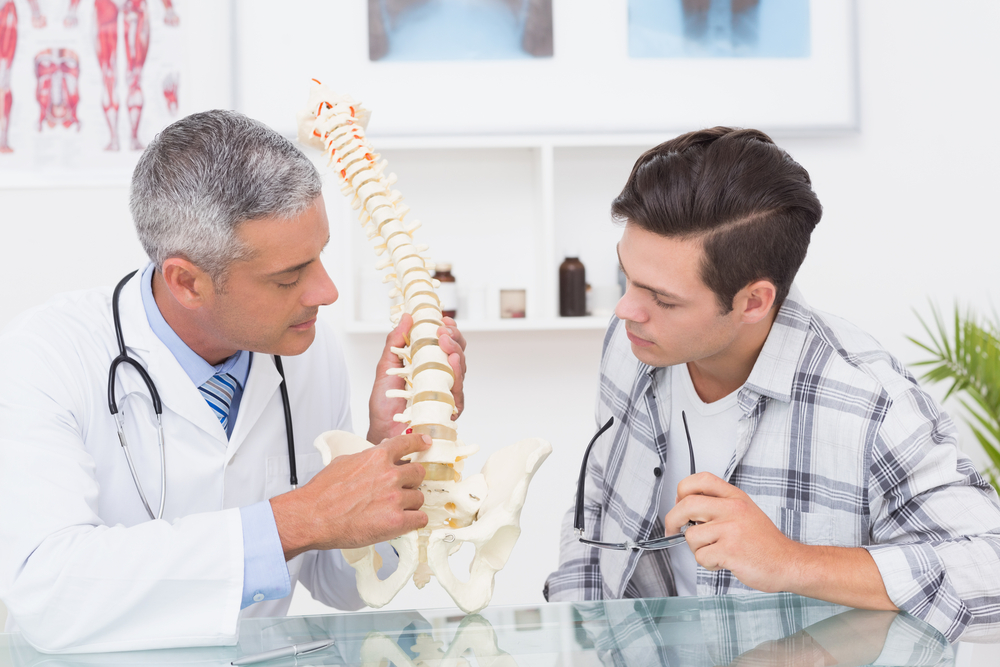
Welcome to our awareness program on scoliosis. Scoliosis is a condition characterized by an abnormal lateral curvature and rotation of the spine. This spinal imbalance can disrupt the subconscious involuntary muscles that support your spine, potentially leading to physical, neurological, and psychological complications. Scoliosis often progresses during growth spurts of childhood and adolescence,typically between the ages of 9 to 14 years old. The mainstream treatments for scoliosis include wearing a rigid brace, and in severe cases, spinal fusion surgery may be recommended.
There are several types of scoliosis, each with unique causes and characteristics. The most common forms include:
Types of Scoliosis:
1. Adolescent Idiopathic Scoliosis (AIS)
Adolescent Idiopathic Scoliosis is the most prevalent form of scoliosis, predominantly affecting girls more than boys at 4:1 ratio. Although the exact cause of AIS is unknown, theories suggest links to hormonal imbalances and genetic factors.
Common Signs of AIS:
It's important to note that many individuals with AIS do not experience pain, but they may notice these physical changes, especially during their teenage years. It is important for parents to be mindful and develop awareness regarding these early sign of scoliosis. A mild scoliosis can become severe during this stage, an early intervention will help slow down scoliosis progression also giving chance to correct it. Do regular posture check up for your children.
2. Congenital Scoliosis
Congenital scoliosis is present from birth due to spinal deformities that occur during fetal development. These malformations of the vertebrae can lead to a curved spine early in life.
Signs and Syptoms of Congenital Scoliosis:
Early detection of congenital scoliosis is crucial for managing the condition effectively and preventing further complications.
3. Neuromuscular Scoliosis
Neuromuscular scoliosis develops as a secondary condition to various disorders affecting the brain, spinal cord, or muscles, such as Cerebral Palsy, Duchenne Muscular Dystrophy, Friedreich's Ataxia, and spinal muscular atrophy. In these cases, the spine loses its ability to align properly due to weakened nerves and muscles.
Typical Symptoms of Neuromuscular Scoliosis:
This form of scoliosis often worsens over time, especially in patients who are unable to walk, leading to increase spinal curvature in adulthood.
4. Degenerative Scoliosis (Adult-onset Scoliosis)
Degenerative scoliosis, also known as adult-onset scoliosis, typically develops later in life due to the gradual breakdown of the spine. It most commonly affects the lumbar (lower back) region and can be accompanied by muscle stiffness, back pain, and leg discomfort. Osteoporosis are related to adult onset scoliosis, osteoporosis does not cause any pain, however osteoporosis ill cause bone mass to reduce and become brittle. Compression fracture as a result of osteoporosis will cause pain, thus eventually cause chronic problems.
Signs of Degenerative Scoliosis:
Over time, individuals with degenerative scoliosis may notice a decline in their posture and overall spinal health.
Empowering Your Scoliosis Journey
Whether you're a parent managing your child's scoliosis diagnosis or an adult facing scoliosis challenges, we are here to provide support and effective solutions. Our approach focuses on non-invasive treatments, including specialized chiropractic care, to help you or your loved one live more comfortably and confidently. Do regular posture check up for your children or yourself to prevent worsening of scoliosis curve during growth spurts. Severe scoliosis always start from mild scoliosis, and chances of mild scoliosis to improve substantially after undergoing the right scoliosis treatment are greater.
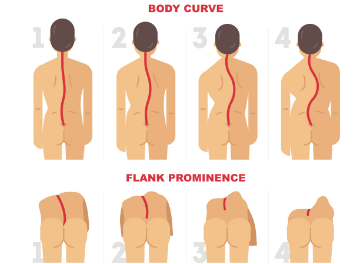
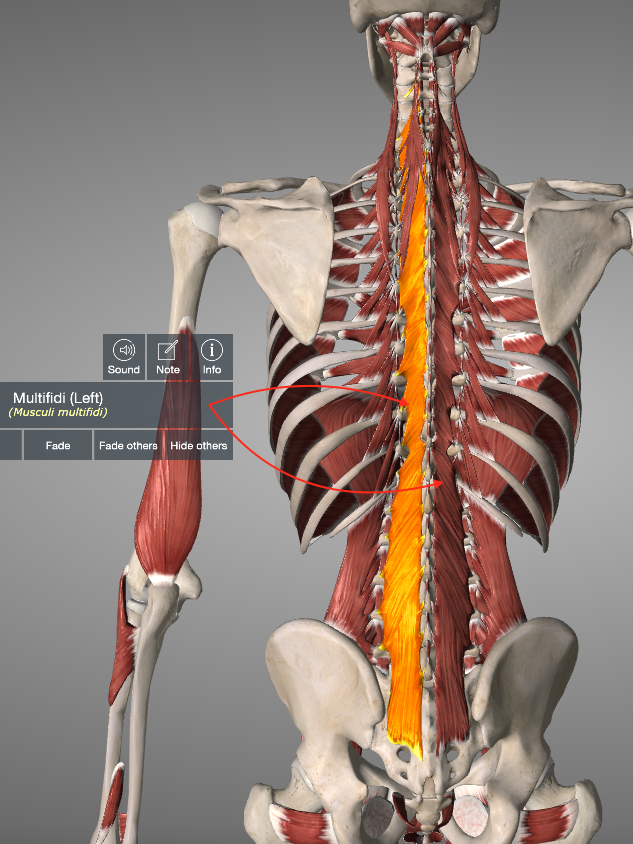
There are many research about scoliosis, however the main cause of scoliosis to develop are still unknown. The effect of scoliosis are imbalance of deep intrinsic involuntary muscles. Muscles that are responsible for these are the Multifidi muscles. These muscles are part of the main core muscles. Multifidi muscles function are to balance the spine and to maintain our spine to stay erect and straight. Other main core muscles are Transversus Abdominis muscles, Diaphragm, and Pelvic floor muscles. On scoliosis spine, Multifidus muscle one side are lengthen (convex side) and on the concave side Multifidus muscle are shorten. This also causing ligaments on the convex side of the scoliosis curve to become loose and concave side to become tighter. These phenomenon will cause changes in posture of the scoliosis sufferers to adapt and change their posture, muscles balance and function, joint mobility, and organ functions. An early intervention to balance these deep intrinsic muscles through custom scoliosis treatment are pertinent thus we can seek a better outcome.
Scoliosis can be detected as early as 8 years of age and some even earlier. Generally we will look for imbalance shoulders, protruding rib cage as well as imbalance hips can be guidelines. Further more we will required instruments such as scoliometer and diagnosis tools such as 3-dimensional X-rays to get into detail of the condition. A slight curvature may become worse as child grows, this is because of activity of daily living that causing their spine to become stiffed and lack of mobility. Eventually it will cause compensated posture and whole body will rotate and causing scoliosis curvature to get worse. Although there is no require intervention if mild scoliosis curvature has been discovered, however, small scoliosis curvature is prone to worsen as the child going into puberty. Puberty varies usually from 9 to 14 years of ages and during this period a mild scoliosis curvature can increase substantially over period of few months. A mild scoliosis would give a better outcome and chances of this scoliosis to improve is greater compare to severe condition.
Scoliosis symptoms such as back pain and neck pain may appear when muscles are becoming stiffed and reduce joint flexibility and mostly start during adulthood, or depending on the severity of the condition. Due to prolonged imbalance posture of scoliosis condition, symptoms such as chronic back pain, muscular stiffness, numbness to the arm or leg, shortness of breath, chronic neck pain may appear due to neuro-musculoskeletal strains. Some of the symptoms are due to dysfunction of the organs such as heart and lungs.
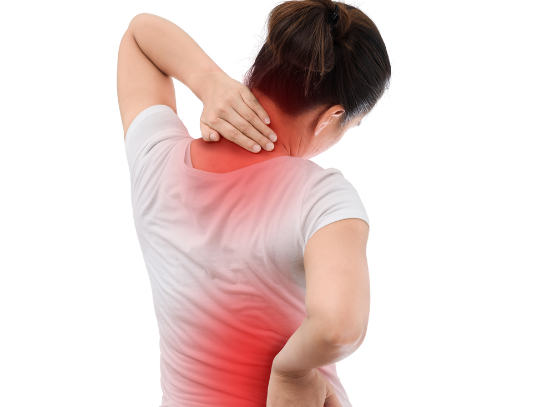
The standard procedure for scoliosis curvature up to 25 degree Cobb angle( Cobb angle is standard measuring procedure for scoliosis curvature) is monitoring or “watching and waiting”. Usually periodically a set of X-rays is taken to see if the Cobb angle progressing or not. If the scoliosis worsens, Cobb angle measures from 26 to 40 degree, then patient will be recommended to wear a rigid brace. Typical scoliosis brace that is prescribe is Boston brace.
The Boston Brace is usually prescribe as a function to prevent scoliosis from progressing. However, in many cases scoliosis brace needs to be worn at least 20 hours per day daily for it to be effective in preventive of scoliosis curve progression. Unfortunately, it is very hard to get such compliance from patients and thus the chances of increasing Cobb angle will be more likely and will lead to the need for scoliosis surgery.
Invasive treatment for scoliosis usually surgical procedure that typically involving insertion of metal rods such as Harrington's rods in the spine or Vertebral Body Tethering (VBT). Scoliosis surgery is consider a major surgery with the purpose to reduce scoliosis curvature based of 2 dimensional view from the X-ray.
Non-invasive treatment from All Well Scoliosis Centre is latest scoliosis treatment that has been proven based on results and research. It is important to go through scoliosis treatment as early as possible to get substantial improvement rather than waiting for the scoliosis curvature to get worse and finding solution for it. Awareness and mindfulness from patients as well as parents are very much needed to tackle this condition.
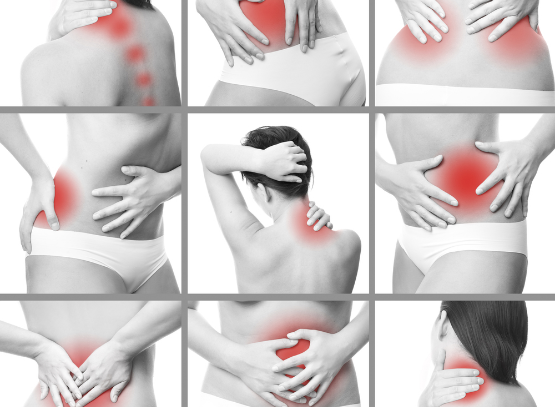
It’s common to experience symptoms such as back pain and neck pain because it’s started from incorrect posture that lead to spinal structures imbalance. Imbalance posture will cause our body to compensate and lead to uncoordinated brain to body function. When we have musculature one side stronger than the other side, it will build a compensated habit on our daily activities. This posture imbalance would cause imbalance compression to the spinal discs and eventually lead to herniated disc. Herniated discs are very common cause with side effects of radiating pain and numbness to our hands and legs. A thorough examination and detail scoliosis treatment will reduce scoliosis pain and when spine and musculature becoming more flexible, then pain would be subsided.

Bad posture is quite common, it affects toddlers, kids, teenagers, adults, and elderly. Some of the cause of posture problems are birth process, injury, sports injury, accidents, overuse of muscles, sedentary lifestyle, text neck, whiplash, sudden lifting movement of the lower back. We tend to ignore this problems until we start experiencing the symptoms such as muscles and joint pain, back pain, neck pain, joint mobility problems, radiating pain to the arms and legs, headache, migraine, numbness to the arms and legs, foot pain, sprain and strain of the joints.
It is important to understand that our muscles move our bones, muscles function as support to our skeleton that act as a frame and if the muscles are stiffed, then the movement of our joints are going to be limited. This limitation will eventually cause joint pain. The longer we are ignoring our problems, it will become more chronic and more difficult it is to fix the cause of the problems. Prevention is easier than curing by finding the root cause of the problems, being aware with our posture and occasionally check up will reduce the chances of having symptoms.